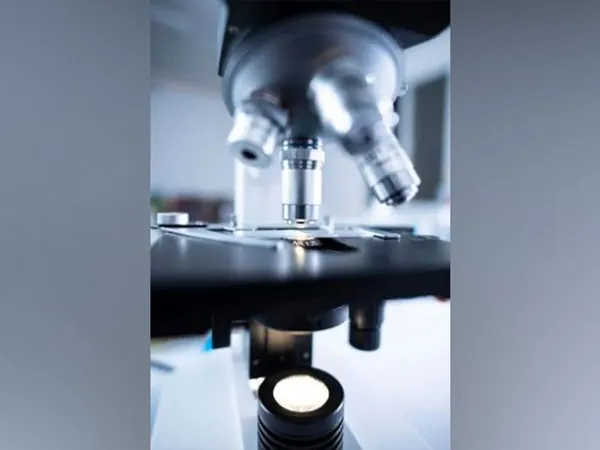
Groundbreaking Study Reveals Unique Brain Connectivity Patterns in Autism and ADHD
2025-05-31
Author: Sarah
A New Frontier in Understanding Autism and ADHD
Autism spectrum disorder (ASD) and attention-deficit/hyperactivity disorder (ADHD) are among the most prevalent neurodevelopmental disorders, with roughly 1–3% of the global population impacted by ASD and 5–7% by ADHD. While individuals with ASD may struggle with social interactions, repetitive behaviors, and heightened sensitivities to sensory input, those with ADHD often grapple with hyperactivity, impulsivity, and difficulties maintaining focus.
The Overlap and Its Implications
These disorders frequently co-occur, with estimates suggesting that 50–70% of individuals diagnosed with ASD also show symptoms of ADHD. Despite this overlap, the nuanced differences and similarities in their neurobiological foundations have remained largely uncharted territory.
Pioneering Research Unveils Distinct Connectivity Patterns
Recent groundbreaking research from the National Institutes of Health and King's College London sheds light on this enigma. By conducting a large-scale statistical analysis, researchers compared brain communication patterns in children diagnosed with either ASD or ADHD, as detailed in their findings published in *Nature Mental Health*. Their research illuminates the fact that, despite the frequent co-occurrence of these disorders, ASD and ADHD exhibit distinctly different brain connectivity signatures.
Co-authors Luke J. Norman and Gustavo Sudre emphasized, "While ASD and ADHD are often found together, the question of whether they share a common neurological basis or exhibit unique alterations in brain connectivity remains pivotal. We analyzed data from over 12,732 young participants aged 6–19, thus establishing a rich framework for comparisons."
A Deep Dive into Brain Functionality
The study meticulously assessed various brain regions, including the thalamus, a hub for sensory and motor signal processing, and the putamen, which plays a key role in movement and learning. Notably, they discovered that ASD is characterized by weaker connections among these regions, whereas ADHD is marked by stronger connectivity.
"Our analysis indicated that autism traits correlated with reduced connectivity between several critical neural networks, while ADHD traits were associated with enhanced connectivity," the researchers reported.
Insights for Future Research
The study concluded that while there is a noticeable overlap between ASD and ADHD symptoms, their underlying neural signatures are fundamentally distinct. These insights not only deepen our understanding of neurodevelopmental disorders but also have significant implications for developing more accurate diagnostic tools and tailored therapeutic approaches.
As we move forward, this research could pave the way for more effective strategies to support those navigating the complexities of ASD and ADHD, ultimately enriching the lives of millions around the globe.




 Brasil (PT)
Brasil (PT)
 Canada (EN)
Canada (EN)
 Chile (ES)
Chile (ES)
 Česko (CS)
Česko (CS)
 대한민국 (KO)
대한민국 (KO)
 España (ES)
España (ES)
 France (FR)
France (FR)
 Hong Kong (EN)
Hong Kong (EN)
 Italia (IT)
Italia (IT)
 日本 (JA)
日本 (JA)
 Magyarország (HU)
Magyarország (HU)
 Norge (NO)
Norge (NO)
 Polska (PL)
Polska (PL)
 Schweiz (DE)
Schweiz (DE)
 Singapore (EN)
Singapore (EN)
 Sverige (SV)
Sverige (SV)
 Suomi (FI)
Suomi (FI)
 Türkiye (TR)
Türkiye (TR)
 الإمارات العربية المتحدة (AR)
الإمارات العربية المتحدة (AR)